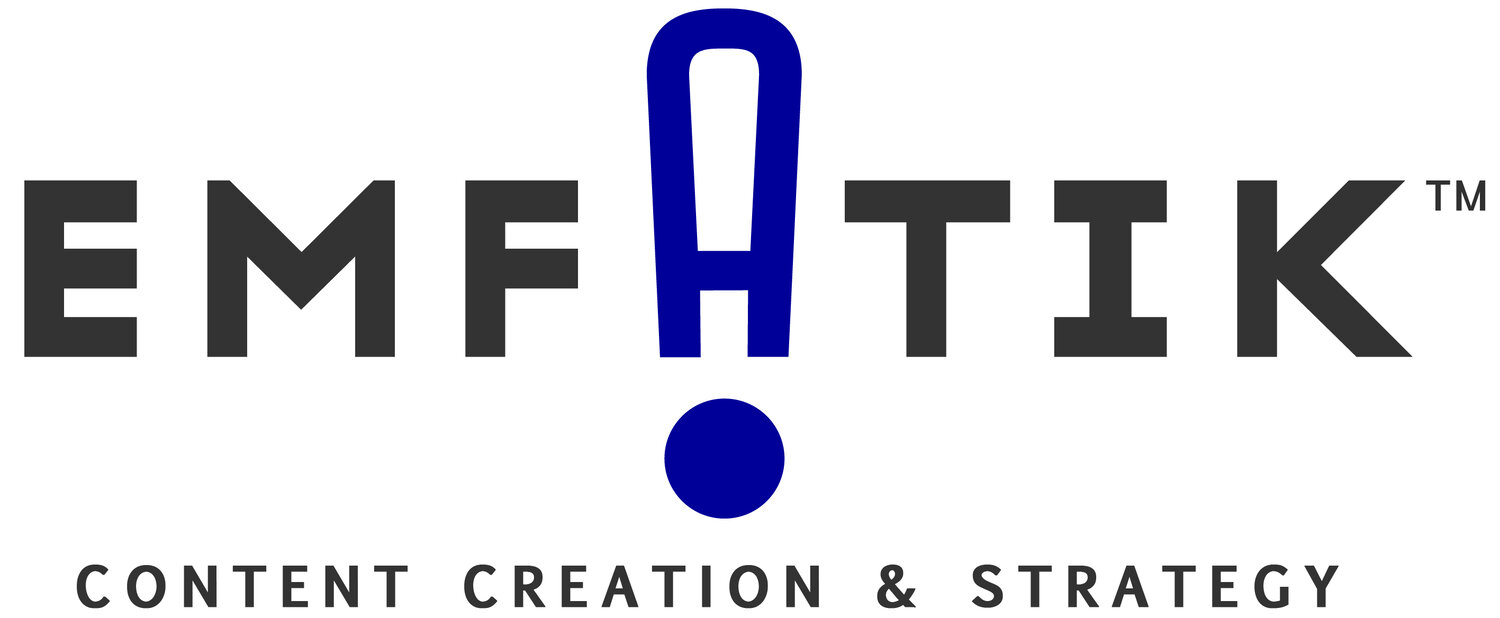In Ping Pong You're Playing the Ball, Not Your Opponent (a Content Strategy Analogy)
In sports, we are taught to analyze our opponents, and act on what they like and don’t like, in order to defeat them. “Get inside their heads.” Always useful from a strategic standpoint, and table tennis is no different.
However, in the heat of the rally, your focus must shift. When the ball leaves your opponent’s paddle, it is the ball alone you must respond to in terms of physics: Speed, spin, and trajectory. To get your return to go where you want it to, with the kind of spin you want, you must focus on getting your feet in the appropriate position, launch your body core in motion, and execute the technical stroke of the arm and wrist, all precisely timed for optimum impact. None of this relates to the other player’s intentions or strengths at that precise moment. Yes, you want to hit it where your opponent will not be comfortable receiving it; but this requires delivering the stroke that ball needs.
So it is with creating a strong content plan.
At the outset of your planning, keep in mind: Whom you’re playing against, and what exactly the “ball” is. Take the situation at hand, with assets, prevailing market opportunities, and budgets, and create the best, strongest, most persuasive campaign you can. That is your “opponent,” the larger project. There are certain laws of marketing “physics” that must be followed. You may have to please a client or stakeholders (that is the immediate ball); but in the end what will succeed is a trajectory that will land where it will have the greatest strategic impact.
Yes, it can be a mighty struggle to please the initial gatekeeper (your boss, your key client, etc.), and you may have to expend lots of hours and resources to win this interim acceptance. Especially if navigating around a multiplex of pet peeves, arbitrary preferences, and unfounded personal theories of what works and what doesn’t. But if you ignore that, keeping your eyes only on the ultimate campaign, what’s the cost? Your brilliant, long-term thinking might get shut down before it gets launched if you don’t clear immediate hurdles.
Example: Let’s say you’re building a website for a new wearable fitness tracker startup. The CEO loves extreme sports and insists on Red Bull-like action sport videos on the landing page to stir up enthusiasm for the brand. There’s your likely ball. It’s initially an audience of one that you must satisfy (right or wrong). To address the immediate spin and angle of the CEO’s perspective, you can either change her mind with reasoned argument, market research, or other means of persuasion, OR perhaps compromise by including some percentage of Red Bull-type action video content somewhere. But you can’t simply ignore what the “ball” needs. Meanwhile, gather as much research as possible about your prime consumer audience, who might be sincerely interested in low-impact, mainstream exercise video content (and not freestyle BMX): That’s your opponent — the larger marketing game plan you’ve got to aim for. Land that shot, and ultimately you can win over the CEO when she sees your growing market traction.
You can’t always build for a stakeholder of one (there are only so many Steve Jobs-like visionaries to go around). But sometimes it’s a first step toward a larger goal. So hit away – at the ball first, then the opponent.

